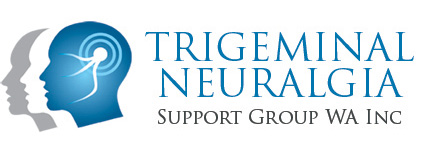A sizable number of TN patients achieve long term relief from medication. Those for whom medication does not provide relief or those who suffer unacceptable side effects from medication, may want to consider surgery.
There are several surgical interventions used to treat TN, none of which is 100% effective in all cases. Collectively, these procedures have an initial response rate of about 80%, with approximately 25% of patients experiencing some level of recurrence within one to five years. Many of these patients respond very well when surgery is repeated or other medical management is pursued.
The surgical techniques used to treat TN range from procedures performed at day surgery to damage the nerve to that of invasive surgery that requires a hospital stay of several days duration. Determining which procedure is the best choice for a particular person should be based on several factors such as the patients preference, physical well being, previous surgeries, presence of multiple sclerosis, and area of trigeminal nerve involvement particularly where the upper/ ophthalmic branch is involved. Undoubtedly, recommendations by the neurologist or neurosurgeon will play a strong part in the patient’s decision making process.
The Support Group is not an advocate for any individual mode of treatment, but serves to provide information on the various treatments available so that patients can explore all their options.
More information on Medications
The Perth Support Group
Books and Documents
Radiofrequency Rhizotomy
This is one of the most effective and safest procedures for relieving TN pain. During the procedure – which is usually performed on an outpatient basis while the patient is sedated – an electrode designed to destroy the part of the nerve that causes pain is placed on the nerve using a needle inserted through the cheek. A moderate amount of numbness around the area where the pain was located is an expected side effect of this procedure. Statistics overseas have indicated that after 5 years, 50% of patients were pain free.
Glycerol Rhizotomy
This procedure is similar to radio frequency rhizotomy. Instead of inserting an electrode into the nerve, the surgeon injects an alcohol substance, called glycerol, which bathes the nerve and damages the pain fibres. As with the radio frequency rhizotomy, minor numbness can be expected following this procedure. Statistics have indicated that this procedure is less effective than the radio frequency rhizotomy with less than 50% pain free after 4 years.
Balloon Compression
This again is a similar procedure but in this case a tiny balloon is inserted through a catheter into the trigeminal ganglion (the central part of the nerve that transmits nerve impulses) and then inflated. The inflated balloon compresses the nerve and damages the pain fibres. Again minor numbness may result.
Microvascular Decompression
This is the most invasive of all surgical options to treat TN, but it also offers the lowest probability that the pain will return within 5 years. This surgery aims to remove the cause of the problem rather than damaging the nerve.
With the patient anesthetized, a small opening is made behind the ear. While viewing the trigeminal nerve through a microscope, the surgeon places a soft cushion (typically shredded Teflon) between the nerve and the blood vessels that are compressing it. In some cases the compressing blood vessels are removed. The procedure usually takes two to four hours and patients can expect a hospital stay of at least two to five days.
Statistics have shown that in excess of 80% were pain free, either with no medication or some medication, after 5 years.
Alternative / Complimentary Treatments
There are a number of alternative treatments that may assist in alleviating the pain and reducing the need for drugs or surgery. Often sufferers will seek alternative treatments because of lack of effectiveness or side effects of the drugs or due to failed surgery. Some may be suffering from atypical TN pain for which drugs or surgery may provide only limited pain relief.
As an example, several members of the support group have achieved pain relief from kinesiatric remedial massage treatment.
